Ask a question, get an answer ASAP!
GET A QUOTE
Spare Tire Installation Cost
Service Location
Price range for all vehicles
When one of your tires goes out, it is replaced with a donut tire (also called a spare tire, although a spare tire is typically the same size as a regular tire). The donut tire is intended to provide you with a means of transportation so you can get to the mechanic and have your tire changed as soon as possible. This tire is smaller, so it can be stored inside the vehicle and save space. Most owners’ manuals have a recommended mileage for the donut tire, with 50 to 70 miles being the average. If you are driving on a donut tire, it is best to get it replaced as soon as possible.
Here are a few things to note when driving with a donut tire:
Braking, handling, and cornering affected: Donut tires affect the braking, handling, and cornering characteristics of the vehicle. The donut tire is not as large as the traditional tire, which can decrease braking and handling. Furthermore, the vehicle dips where the donut tire is mounted, so the vehicle will tend to pull where the spare tire is located. Keep this in mind while driving so you can be better prepared for it.
Drive slower: Donut tires are not made to go as fast as conventional tires. This is because they are more compact, so the guideline is the spare tire should not be driven faster than 50 mph. While you can drive on highways with donut tires, it is safer to stay off of them as you will only be able to go about 50 mph or less.
Check your donut tire pressure: The safe air pressure recommended for the donut tire is 60 pounds per square inch (psi). Since the donut tire sits for a while without being inspected, it is a good idea to check the air once you put the tire on your car.
Safety systems disabled: Another thing to keep in mind when driving on a donut tire is that the electronic stability control and traction control systems will not work properly. Once a regular sized tire is placed back on the vehicle, both systems will work and you can drive like you did before. While they are off, keep in mind to take extra time and go a little slower to ensure your safety, and the safety of others.
Once a regular sized tire is placed back on the vehicle, both systems will work and you can drive like you did before. While they are off, keep in mind to take extra time and go a little slower to ensure your safety, and the safety of others.
Driving with a donut tire should only been done when absolutely necessary and for a short amount of time. Check the owner’s manual for the recommendation on how many miles you can drive on the donut tire. In addition, do not go over 50 mph while driving on a spare tire.
The most popular service booked by readers of this article is Spare Tire Installation. YourMechanic’s technicians bring the dealership to you by performing this job at your home or office 7-days a week between 7AM-9PM. We currently cover over 2,000 cities and have 100k+ 5-star reviews... LEARN MORE
SEE PRICING & SCHEDULING
Speedometers
Spare Tire
Compact Spare
The statements expressed above are only for informational purposes and should be independently verified. Please see our terms of service for more details
Please see our terms of service for more details
4.2 Average Rating
Service Hours
7 AM - 9 PM
7 days a week
Phone Number
1 (855) 347-2779
Phone Hours
Mon - Fri / 6 AM - 5 PM PST
Sat - Sun / 7 AM - 4 PM PST
Address
We come to you at no extra charge
Guarantee
12-month/12,000-mile warranty
Our certified mobile mechanics perform over 600 services, including diagnostics, brakes, oil changes, scheduled mileage maintenances, and will come to you with all necessary parts and tools.
Get a fair & transparent quote instantly before booking.
SEE REVIEWS NEAR ME
12 years of experience
691 reviews
Request Nicholas
Nicholas
12 years of experience
Request Nicholas
by Gloria
Toyota Camry V6-3.0L - Spare Tire Installation - Knightdale, North Carolina
Nicholas finished an earlier appointment which enabled him to come by earlier than originally scheduled. I'm very grateful he chose to reschedule. While replacing a flat with my donut spare, he instructed me on how to safely drive to the tire shop for the repair. More importantly to have the shop add air to the donut spare. Nicholas did an excellent job. He as very professional. Thank you
I'm very grateful he chose to reschedule. While replacing a flat with my donut spare, he instructed me on how to safely drive to the tire shop for the repair. More importantly to have the shop add air to the donut spare. Nicholas did an excellent job. He as very professional. Thank you
by Jairus
Ford E-150 Econoline - Spare Tire Installation - Durham, North Carolina
I was VERY pleased with Nicholas' expertise and was more than delighted that he was so prompt. He was very polite and friendly, and he did a marvelous job. If I ever need any repairs to my vehicle in the future, I would definitely ask for Nicholas.
16 years of experience
157 reviews
Request Jean
Jean
16 years of experience
Request Jean
by Kelly
Toyota Prius C L4-1.5L Hybrid - Spare Tire Installation - Saint Petersburg, Florida
This service is so convenient! Jean is awesome, helpful, and has gone above and beyond on each visit!!
20 years of experience
1104 reviews
Request Attila
Attila
20 years of experience
Request Attila
by Diane
Honda Accord L4-1. 5L Turbo - Spare Tire Installation - Edison, New Jersey
5L Turbo - Spare Tire Installation - Edison, New Jersey
I was glad that Atilla could service my car a little earlier than expected. He was prompt in taking care of my cars needs.
22 years of experience
1277 reviews
Request Pardeep
Pardeep
22 years of experience
Request Pardeep
by YVONNE
Mazda 3 L4-2.0L - Spare Tire Installation - Santa Clara, California
Pardeep was flexible to meet me earlier and very professional when he worked on spare tire installation. He was so efficient and accurate with checking my engine oil and battery as well. Thanks Pardeep!!
Our certified mobile mechanics make house calls in over 2,000 U.S. cities. Fast, free online quotes for your car repair.
GET A QUOTE
GET A QUOTE
How to Know if You Need a Wheel Alignment
The first time that you may suspect a wheel alignment problem is when you are driving down the road. ..
..
A Guide to Tire Safety
When When sitting behind the wheel of a car, there are two things that most drivers want: to reach their destination, and to do so as safely as possible. This means having a car that is in good condition, and...
How to Do a Tire Safety Inspection
Car tires are a big part of staying safe on the road. Check tire inflation, tread depth, and sidewalls to make sure they're in good shape.
What should I know about changing a tire with the TPMS system?
Flat tires happen. That’s why your Accord has a spare tire. You also have a tire pressure monitoring system (TPMS) that monitors the air pressure in each tire. If it sees a drop in pressure, it turns on the Low...
Car pulling to the left
Your tires and alignment need to be checked. A worn or low tire on the left can cause a pull.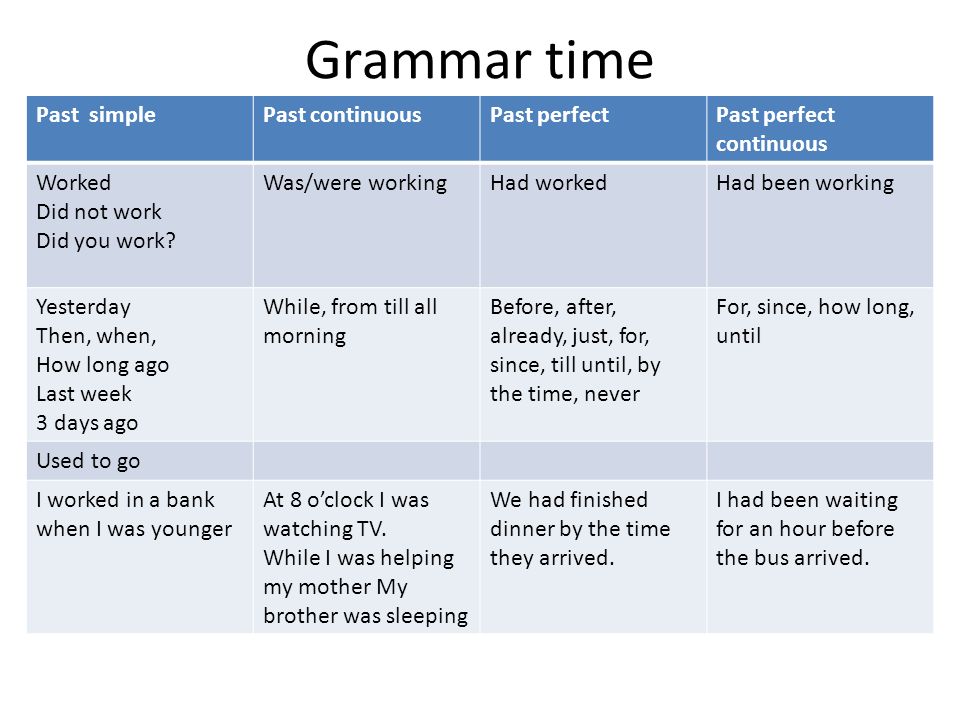 You can easily have your tire pressure checked. Any recent damage could also cause the pull. A qualified technician, such...
You can easily have your tire pressure checked. Any recent damage could also cause the pull. A qualified technician, such...
Low Tire Pressure light is on
You need to reset your TPMS system. This is done through the controls on your steering column. Consult your vehicle owners manual or look for a simple "how to" video such as this one here (https://www.youtube.com/watch?v=VrpC4tZ8bZI). If the system still...
Services
Cities
Estimates
Maintenance
Our service team is available 7 days a week, Monday - Friday from 6 AM to 5 PM PST, Saturday - Sunday 7 AM - 4 PM PST.
1 (855) 347-2779 · [email protected]
Read FAQ
GET A QUOTE
*As an Amazon Associate, I earn from qualifying purchases.
In this article, you will learn how much air pressure should be in a spare tire along with other important information.
If you ever had a flat tire on your vehicle, you know how frustrating and inconvenient it can be. Not having a spare tire in your car can turn a bad day into a really bad day.
A spare tire is normally kept in the trunk of your car or mounted to the undercarriage and is used in the event of a blown or flat tire.
A flat tire is not something that gets checked very often. When was the last time you checked the air pressure in your spare tire?
You should always ensure that your vehicle has a spare tire inflated to the right pressure that can be swapped into place if one of your normal tires goes flat.
A flat spare tire won’t be much help to you.
You can watch the video version of this article here.
Check out our YouTube channel @measuringstuff
A spare tire is often called a donut tire which is smaller than the vehicle’s regular tires. The air pressure of the spare tire should be around 60 pounds per square inch (PSI) which is more than the regular-size tires which are between 30 – 40 PSI.
The air pressure of the spare tire should be around 60 pounds per square inch (PSI) which is more than the regular-size tires which are between 30 – 40 PSI.
If you have a spare tire and the pressure is not exactly 60 PSI, the tire will still be suitable to drive on until you reach the nearest service station for repairs.
If your vehicle has a spare tire that is the same size as the normal tires on the car, it should only be inflated to the same pressure as the others.
If your regular car tires have an operating pressure of 32 PSI, then your full-size spare should be at 32 PSI as well.
As mentioned, a spare tire is much smaller than a regular tire. Because of the reduced size, the tire has less contact with the ground.
The higher PSI is needed to compensate for the reduced tire area and helps make up for the size reduction. It also increases the tire tread’s contact with the ground.
Over time, the air pressure in the spare tire will deplete as it sits in the trunk unused. If you have 60 PSI in the tire when placed in the trunk, chances are it will have less when you need it someday.
If you have 60 PSI in the tire when placed in the trunk, chances are it will have less when you need it someday.
Always check the air pressure periodically and adjust as necessary.
Not all spare tires are identical but on average, it is recommended to only drive on a spare tire for around 50 – 70 miles. 50 miles is considered to be the maximum distance and only drive up to 70 miles if you absolutely must.
A spare tire is only meant to get you from your current location to the closest repair shop or somewhere where it can be properly replaced.
The air pressure of the spare tire should be around 60 pounds per square inch (PSI).
measuringstuff.com
There is also a speed limit for a spare tire of 50 miles per hour (MPH). A spare tire is not designed to travel at high speeds and for safety reasons, you should keep your speed under 50 MPH.
Remember the 50/50 rule.
Drive on a spare tire for no more than 50 miles at a speed under 50 MPH.
If you drive on a spare tire that is either under-inflated or over-inflated, there are dangers involved.
A spare tire should never be under or over-inflated due to the dangers involved.
Checking the air pressure of a spare tire is the same as checking the air pressure of a regular tire.
You can either use an analog or digital tire pressure gauge. The analog gauges come in either a stick style or a dial style.
Digital tire gauges are more common these days although some people still prefer the older analog gauge. Both work fine and are effective when checking tire pressure.
Start by unscrewing the cap from the valve stem. Press the gauge fitting onto the valve stem firmly. Then read the pressure on the gauge.
You should check the spare tire’s air pressure often. A good rule of thumb is to check it when you have your tires rotated or around 3000 miles which can be a few months for some people.
Before adding air to the spare tire, always check to confirm how much air to put in. As mentioned, it should be around 60 PSI. There are a few places where you can find this information.
There are a few places where you can find this information.
Sharing is caring!
Dokatka is a kind of crutch designed to temporarily replace a damaged wheel. How far can you drive in this mode?
Wheels: what you need to know when choosing?
A spare wheel is any spare wheel with a wheel and tire size that is different from the size of the wheels mounted on the vehicle. Also, the tire model must be identical to the main set of tires. Typically, manufacturers use a dock to save space in the luggage compartment and reduce the cost of the car.
However, not all cars have a stowaway. On European cars, the probability of seeing a dokatka in the trunk, or even just a tire repair kit, is higher. But Japanese, Korean and especially Chinese manufacturers often prefer a full-fledged fifth wheel, and even on an alloy wheel. This is a kind of adaptation to bad roads in those countries where their products will travel. On such a spare tire, of course, you can ride for as long as you like, but! All this applies only to the summer season. After all, any spare wheel (whether it is a full-size spare wheel or a dokatka) implies a summer tire. And the summer wheel in addition to the three winter ones will already be a dokatka. Even an inexperienced driver will feel something was wrong with the behavior of such a car. Therefore, when using a dokatka in winter, it is important to observe the following rule:
But Japanese, Korean and especially Chinese manufacturers often prefer a full-fledged fifth wheel, and even on an alloy wheel. This is a kind of adaptation to bad roads in those countries where their products will travel. On such a spare tire, of course, you can ride for as long as you like, but! All this applies only to the summer season. After all, any spare wheel (whether it is a full-size spare wheel or a dokatka) implies a summer tire. And the summer wheel in addition to the three winter ones will already be a dokatka. Even an inexperienced driver will feel something was wrong with the behavior of such a car. Therefore, when using a dokatka in winter, it is important to observe the following rule:
If civilization, where you can repair a punctured tire or buy a new one, is far away, then the stowaway should be installed on the rear axle, albeit at the cost of a double rearrangement of wheels. This also applies to rear wheel drive vehicles. They have rear wheels for good acceleration, and front wheels for good braking. And what is more important to you?
And what is more important to you?
If I change wheels, do I need to balance them every season?
However, dokatki are also different. The pressure inside the tire depends on its type. The pressure in most cases is indicated on the same plate as the pressure in all wheels. Often it is indicated on the tire itself or, in case of loss of this information, you should look at the instructions for the car. Sometimes manufacturers put a spare wheel in the trunk with a tire as wide as the rest of the wheels or slightly different, but mounted on a steel rim smaller than the rest of the wheels, in diameter. Often this wheel is “taken” from the basic configuration of the same car. The outer diameter of such a spare tire will be the same, but the ratio of the height and width of the tire will be different. The pressure in such a spare wheel must be the same as that prescribed by the manufacturer for normal vehicle wheels.
Another type of dokatka is a wheel with a normal disk of nominal diameter and a tire with a low (2-4 mm) tread. With such a wheel, you have to be even more careful in winter because of the low tread height. Even if it is installed on the rear axle, the car can easily skid. The pressure in such a wheel is usually slightly higher than that recommended by the manufacturer for other wheels.
With such a wheel, you have to be even more careful in winter because of the low tread height. Even if it is installed on the rear axle, the car can easily skid. The pressure in such a wheel is usually slightly higher than that recommended by the manufacturer for other wheels.
What if we put bigger wheels? - examination of the RF
But most of all in the Russian hinterland with its, as a rule, broken roads, they do not like classic Euro-rollers. A thin and narrow steel disk, a tire with a profile not much wider and higher than that of a mountain bike, but, unlike the latter, the tread height resembles half-worn inscriptions on ancient plates. In my opinion, on our roads such a wheel should only be on the rear axle, even in the summer. It is very easy to punch it on uneven roads like pits or tram rails. If at the same time the Euro-roller is installed on the rear axle, then it will be easier for the driver to control and stop the car. Yes, and do not forget that the pressure in such a dokatka should be very high: up to 4. 2-4.5 bar.
2-4.5 bar.
And one more thing: even when operating in the summer, be sure to observe the speed limit, which is written on any dokatka. As a rule, it is 80 km/h.
The main thing: on any dokatka there is an inscription "Temporary use only" ("Temporary use"). That says it all. The less you drive on any of the dokatok, the better. Of course, in theory, even a Euro-roller can withstand several thousand kilometers in terms of its physical properties. But at the same time, the tread will remain less and less. Will it ever be needed again?
Good luck on the road and get the spare tire less often!
Did you like the note? Subscribe and stay up to date!
Driving in Zen
1. Tire and tire pressure recommendations
2. Correspondence table for pressure units
3. Why are deviations in tire pressure dangerous?
- Risks of insufficient tire pressure
- Risks of high tire pressure
4. How does tire pressure affect driving comfort and safety?
How does tire pressure affect driving comfort and safety?
- Strengthening due to pressure
- Tire pressure for driving on the highway
- Off-road pressure
- Pressure and fuel economy
5. How does tire pressure depend on the season?
- Tire pressure in winter
- Tire pressure in summer
6. How to check tire pressure?
7. How often should blood pressure be measured?
Headed out on the road? Check tire pressure. Permanent advice, which, alas, is often forgotten. In the meantime, properly inflated tires make driving comfortable, driving safer, and tire life longer. What should be the pressure? What are the dangers of over-inflated or under-inflated tires? We have collected answers to all questions, as well as useful tips, in one article.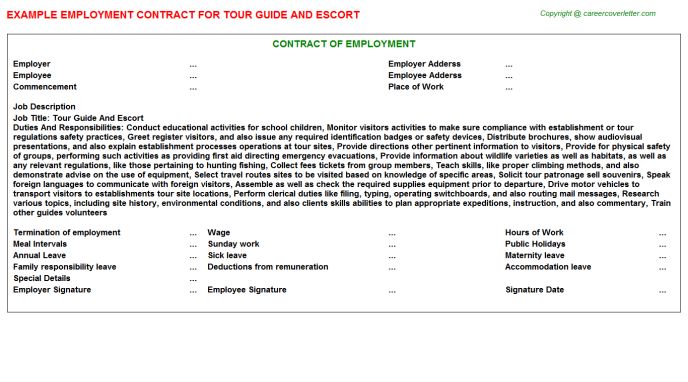 Everything written below will help you not only make your trip safe, but also save your budget. How? Read and level up.
Everything written below will help you not only make your trip safe, but also save your budget. How? Read and level up.
What should be the pressure?
Vehicle and tire manufacturers' recommendations
So, let's start with the banal. Each car manufacturer has standards and recommendations for the level of inflation pressure in tires. It's always best to stick with them. You can find the numbers you need:
* In the vehicle owner's manual
* On a special sticker inside the car (usually on the car door, B-pillar or gas cap)
* In the form of a QR code (relevant for the latest models, especially premium ones; the sticker with the code is located in the same places)
These cheat sheets contain all the information you need. The manufacturer stipulates not only the optimal level of internal tire pressure, but also the limits to which it can be increased or decreased relative to the norm. The amount of pressure depends on the size of the tires, on some cars the recommended pressure for the rear and front wheels differs. To summarize, for most passenger cars, the recommended constant tire pressure ranges from 2-2.5 atmospheres. This is the norm not only for a comfortable and safe ride, but also for fuel economy.
To summarize, for most passenger cars, the recommended constant tire pressure ranges from 2-2.5 atmospheres. This is the norm not only for a comfortable and safe ride, but also for fuel economy.
Tire manufacturers also indicate pressure on the label. But there is an important point here! The number on the sidewall of the tire is not the norm to strive for, but an indicator of the maximum pressure that the tire can withstand and not burst.
Correspondence table for pressure measurements
Tire pressure is measured in two units: atmospheres (or bars) and psi. Bars are the most common, it is in them that the pressure is measured in gauges in tire shops and gas stations. However, in some countries it is psi that is used - pounds per square inch. To avoid confusion, it is worth remembering that one psi corresponds to 0.068 bars.
Why are deviations in tire pressure dangerous?
Tire pressure affects how long tires last and how quickly they wear out. And not only. If the tires are over-inflated or, conversely, under-inflated, then their critical properties such as traction, vehicle directional stability when driving, handling (especially when cornering and on uneven surfaces), braking distance and resistance to aquaplaning will change.
And not only. If the tires are over-inflated or, conversely, under-inflated, then their critical properties such as traction, vehicle directional stability when driving, handling (especially when cornering and on uneven surfaces), braking distance and resistance to aquaplaning will change.
Why is this happening? To answer this question, elementary knowledge of physics is enough. With the right gas pressure from the inside to the tire, the tire retains exactly the shape that was intended by the manufacturer. The contact patch of the tire with the road is also optimal, because the tread at optimal pressure also retains its shape and the necessary degree of flatness so that its pattern moves along the surface as it should (see figure).
The most dangerous situation is when there are different pressures in different wheels of a car. Yes, some manufacturers allow different pressures in the front and rear wheels, but in pairs, tires on the wheels of the same car axle must still match. If the pressure is not the same everywhere, then the car, when driving, will roll towards the “sagging” wheel - that is, the one where the pressure indicator is the lowest. Such a situation is a reason for technical inspection. If one of the tires loses pressure, it may be damaged. A change in pressure can also be the result of a misaligned wheel rim or a defective spool causing air to leak.
If the pressure is not the same everywhere, then the car, when driving, will roll towards the “sagging” wheel - that is, the one where the pressure indicator is the lowest. Such a situation is a reason for technical inspection. If one of the tires loses pressure, it may be damaged. A change in pressure can also be the result of a misaligned wheel rim or a defective spool causing air to leak.
- Risks of insufficient tire pressure
Tires with low internal pressure or, in simple terms, under-inflated tires lose their shape when driving. They become softer, more pliable, and the weight of the car, especially at speed and when cornering, makes them literally sag and sag. What does it threaten?
Uneven wear. The side treads wear out faster than the middle tread because the tire has more contact with the road due to tire deformation.
Rolling resistance increases, which causes the tire to heat up more.
Acceleration time is increased.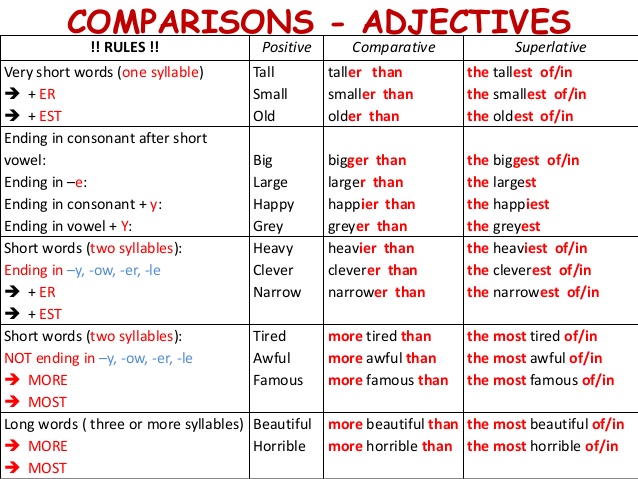
Increased fuel consumption.
Threatening the integrity of the tire carcass and its rubber, especially in the side parts, which can lead to sidewall rupture. This can be warned by a worn strip that appears around the entire circumference of the tire - this is evidence of chafing of the cord threads.
Risk of tire dismantling. An under-inflated tire may come off the disc seat.
Tires deformed by long-term use at low inflation pressure become unsuitable for further use. Even if the pressure in them is brought to normal, the risk of rupture in the weakened parts remains. If you want to avoid unnecessary expenses - do not strain the tires.
- Risks of high tire pressure
With increased tire pressure, the part of the tread that should be flat and provide reliable traction becomes convex, literally swells up like a ball. As a result, the contact patch of the tire with the road is much smaller than planned by the manufacturer.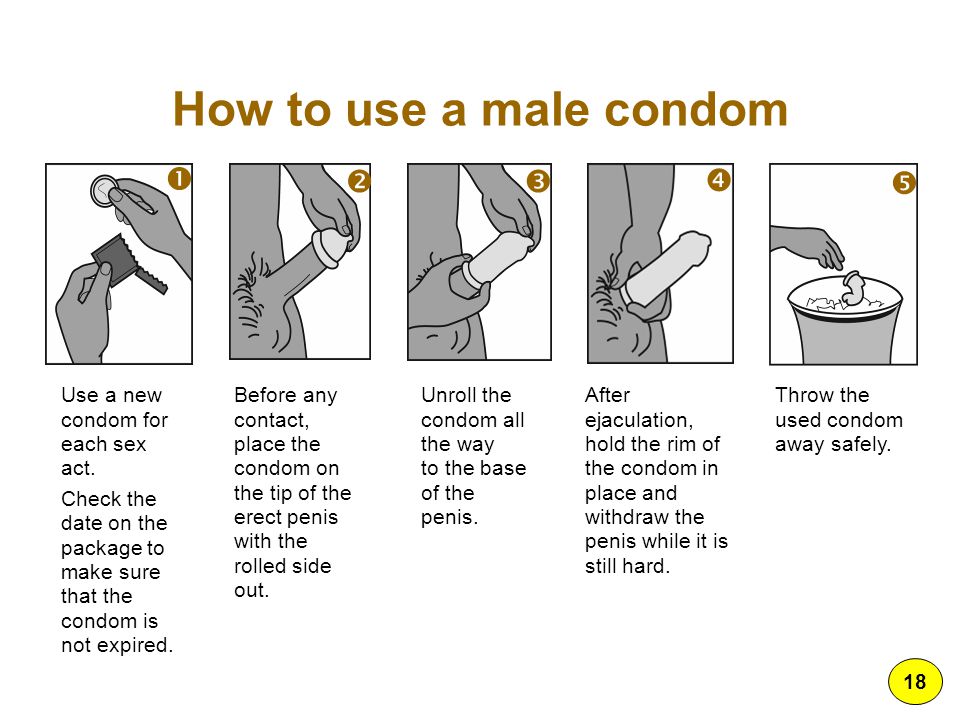 Why is it dangerous?
Why is it dangerous?
The tread wears unevenly, faster in the middle than on the sides.
Decreased grip and handling.
Due to the reduction in the area of contact between the tire and the road, the braking distance increases.
If the tire pressure is too high, the tire runs the risk of exploding.
Long driving on tires with high pressure overstresses the cords, such a tire will last much less.
The deformed contact patch of the tire with the road interferes with the effective removal of water, as a result, hydroplaning can occur on a wet surface.
How does tire pressure affect driving safety and comfort?
Sometimes the pressure in the tires still needs to be lowered or increased. It depends on certain driving conditions or the quality of the surface. For a short period of time, this will improve the driving characteristics of the car and driving safety. Of course, everything is within the manufacturer's recommendations, however, even small changes can greatly affect driving comfort.
Of course, everything is within the manufacturer's recommendations, however, even small changes can greatly affect driving comfort.
- Increasing tire strength due to pressure
A slight increase in pressure can slightly raise the "tensile strength" of tires under excessive loads. Yes, overloading the car is bad, but sometimes you have to, especially when the summer season is on the nose. This is especially true for a car with an attached trailer, which increases the load on the rear wheels. Tires at least on the rear axle in this case, it is better to additionally pump up 0.2-0.3 bar. From the additional load, they still “sag” a little.
- Tire pressure for highway driving
Long and high-speed races on highways for tires are a strong test. Therefore, even the manufacturers of many cars advise in the operating instructions: before a long trip on a flat road (more than an hour at a speed of 115 km / h), it is better to slightly increase the tire pressure. The increase should be small - 0.2 atmospheres (bar). This recommendation also takes into account the fact that the pressure in the tire itself will increase from the heating of the tire.
The increase should be small - 0.2 atmospheres (bar). This recommendation also takes into account the fact that the pressure in the tire itself will increase from the heating of the tire.
- Off-road pressure
Tire pressure adjustment can help you get through difficult terrain. Driving on sand, snow, mud and wet grass will be easier if you lower the tire pressure a little. This maneuver will increase the contact patch of the tire with the surface, increase grip, and the car will be less likely to get stuck and skid. The main thing is to keep a low speed, and when the difficult section is left behind, restore the correct tire pressure again.
- Pressure and fuel economy
There is a myth that when the tire pressure is higher than normal, fuel consumption decreases. It really goes down, but it's not worth it. The savings will be only less than 5%, but driving comfort will drop significantly. The fact is that the tire becomes stiffer under excessive pressure, so that you and your passengers will feel all the bumps and bumps in the road.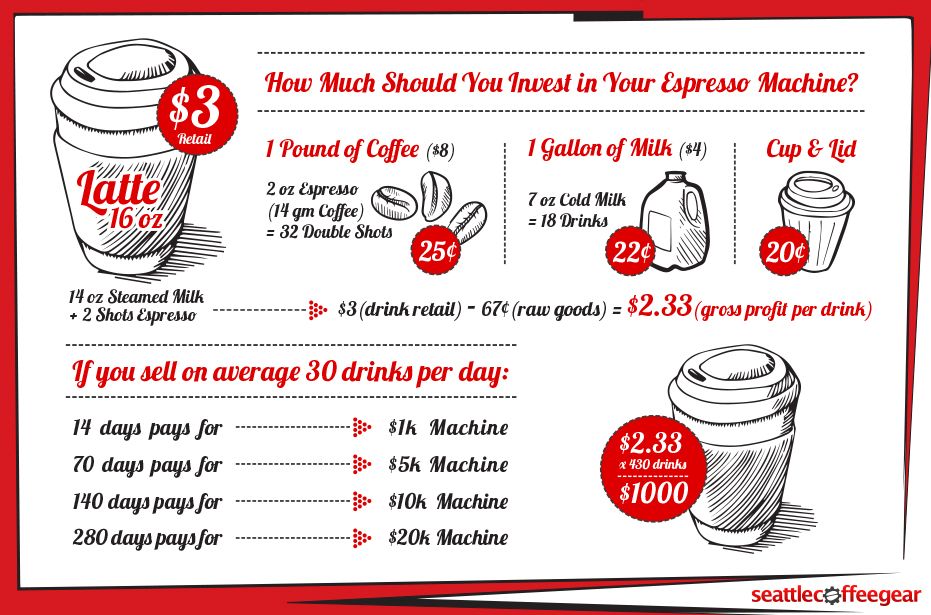 The point in saving on fuel is also lost because with constant driving on overinflated tires, the tires themselves wear out faster and more likely to require replacement costs.
The point in saving on fuel is also lost because with constant driving on overinflated tires, the tires themselves wear out faster and more likely to require replacement costs.
How does tire pressure depend on temperature?
In winter and summer, the pressure in car tires may differ. This directly depends on the physical properties of the gas with which the tires are inflated. We all remember from school that at high temperatures, gas tends to expand, and at low temperatures, on the contrary, it contracts. Therefore, even if the tires were inflated recently, with temperature changes, this very pressure will change, and noticeably. On average, for every 10ºC, the air pressure in the tires changes by 0.1 bar.
- Tire pressure in winter
It is especially difficult to maintain constant tire pressure during cold snaps. Therefore, in the fall, changing summer tires to winter tires, checks must be approached carefully. It should be checked during the first frost and after the temperature drops well below zero. Most likely, the tires will need additional pumping. Keep in mind: in a warm garage or in a closed parking lot, it is difficult to catch the pressure drop in the tires. It will happen when you go out into the cold. Therefore, it is better to check and inflate tires after parking in the open air.
Most likely, the tires will need additional pumping. Keep in mind: in a warm garage or in a closed parking lot, it is difficult to catch the pressure drop in the tires. It will happen when you go out into the cold. Therefore, it is better to check and inflate tires after parking in the open air.
- Tire pressure in summer
Summer tire inflation is recommended to be carried out in a warm spring with a margin for the summer and at the end of summer before changing seasonal tires. However, this does not exempt from checks. The fact is that the warmer it is, the more the air in the tires expands - and the sooner it “comes out” through the chambers. In addition, pressure can drop with even microscopic tire damage, and in summer this happens even faster.
How to check tire pressure?
1. The pressure gauge is your best and indispensable friend in this matter. It can be either portable, up to the size of a key fob, or stationary, installed at a gas station, in a tire fitting room or other specialized car service facilities.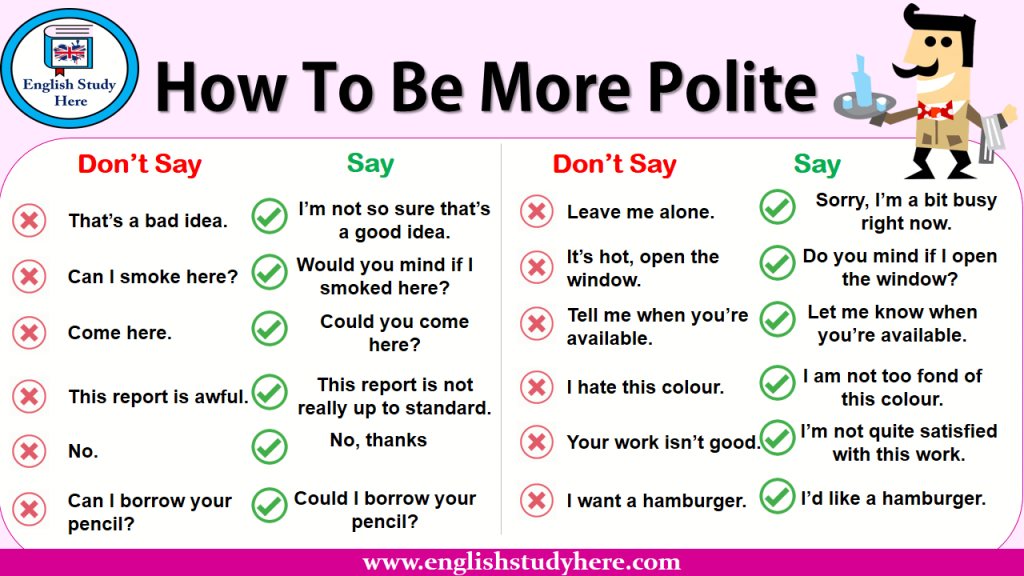
You can buy your own car pressure gauge at any auto parts and accessories store. They are pointer, mechanical or electronic. Not only its price, but also its accuracy depends on the class of the pressure gauge. The pressure gauge is mandatory installed on the compressor for pumping wheels - it is he who allows you to adjust the pumping process and the required amount of air supplied to the tire. But it can also be used separately to determine the existing pressure.
It is easy to check the accuracy of the manometer. Use it immediately after the tire fitting, where you will adjust the inflation pressure in the tire to the desired value, and just check the readings.
2. Automatic tire pressure monitoring systems. For example, premium cars are equipped with direct pressure sensors that are installed directly into the wheel rim. Sensors measure tire pressure and temperature, and the information is sent to the on-board computer. When pressure indicators change, a warning signal is received, or information is displayed on the computer panel in digital and alphabetic form. Similar direct control devices can be purchased and installed separately: pressure control sensors are installed in the wheels, and the receiving device is installed in the passenger compartment.
Similar direct control devices can be purchased and installed separately: pressure control sensors are installed in the wheels, and the receiving device is installed in the passenger compartment.
A similar system is part of the anti-lock braking system (ABS), but it works differently. The ABS system does not measure tire pressure, but wheel speed, and draws conclusions. The fact is that when the pressure decreases, the diameter of the tire changes, and the wheel starts spinning faster in order to “catch up” with the rest. The system captures these changes, checks them against valid values stored in memory, and informs you of the mismatch.
3. Indicator caps are screwed onto the tire valves. These pressure sensors are transparent on top, and this part serves as an indicator: the change in color indicates the current state of the wheels. The obvious disadvantages of such a control system are that it is impossible to evaluate the change in tire pressure during movement with its help; a stop and a visual inspection are necessary.
How often should the tire pressure be checked?
Manufacturers recommend checking tire pressure once a month. But this is the minimum. Of course, under extreme operating conditions and sudden changes in temperature, it is not worth the risk and you need to check more often. And before a long journey or planned loads, checking the internal pressure in the tire is completely mandatory, even if it is extraordinary.
Important: pressure measurement is carried out only on cold tires - that is, those that have remained without movement for at least 5 hours.
5 most important findings
1. Tire pressure affects ride comfort, vehicle handling and your own safety.
2. Under-inflated tires wear out faster, can burst at the side and heat up much faster when driving. With prolonged use of tires with reduced pressure, tires are completely deformed so that they can no longer be restored.
3. Overinflated tires lose reliable grip, and the car loses controllability.